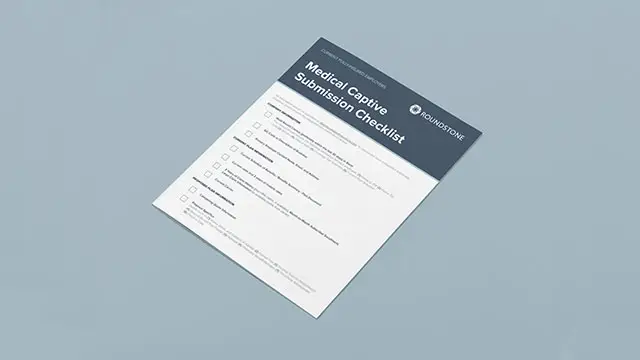Organ transplantation increased significantly in recent years. Over 30,000 transplants were performed in the US in 2016 alone, a record high for the fourth consecutive year. On average, that is about 95 transplants each day. Data shows that the number of deceased organ donors hit a record in 2017 for the fifth straight year. This increasing number of donors means it is more likely a covered member of your plan will receive a lifesaving transplant, and that they will spend less time on the wait list. While this is a wonderful outcome for your employees and their families, there will be less time to mitigate unnecessary costs.
With this increase, it is important to prepare for the significant costs related to transplants. The cost of a transplant alone can be extremely high. For example, the cost of a kidney transplant can average around $150,000, whereas a liver transplant can reach well over $300,000. Unfortunately, the cost doesn’t always stop there. Complications after a transplant often result in lengthy hospitalizations and ongoing surgeries, which may cost more than the transplant itself.
It is important for an employer to have a transplant strategy in place. This strategy could include contracted discounts or negotiated rates through a carve-out network that continue after the initial surgery takes place. Specialty case management focused on transplants is a good part of any strategy as well. Educating the employees regarding the resources available when a transplant is indicated is also helpful to avoid high cost surprises.
Roundstone’s cost containment team is here to assist advisors and employers in identifying ways to minimize these costs while still achieving quality patient outcomes. Planning ahead and reducing the cost of complications benefits the patient, their family, and the employer sponsored health plan.









